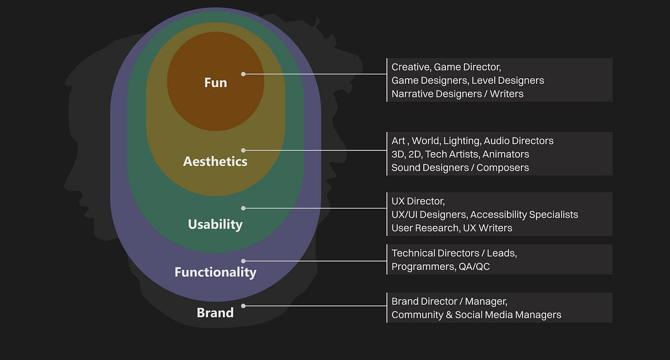UX Design
2d
110

Image Credit: UX Design
Why is everyone on the team a UXer? Layers of player experience
- The article explores the concept of player experience within game development, emphasizing the importance of designing products through which users gain experiences.
- The layers-components influencing the perception of a game are categorized into functionality, usability, aesthetics, and fun.
- Functionality ensures the game operates smoothly without technical issues like crashes, freezes, or poor optimization.
- Usability focuses on making the game easy and convenient to use by reducing cognitive and physical loads during interaction.
- Aesthetics, spanning visual, auditory, tactile, taste, and scent aspects, contribute to the game's appearance and sensory experience.
- The fun layer determines the desirability of a game, highlighting the significance of providing an engaging and enjoyable experience for players.
- The article delves into components like motivation, emotions, flow, and ethical responsibility in creating a fun and memorable gaming experience.
- It also mentions the impact of a game's brand, company philosophy, and team collaboration on player loyalty and perception.
- Overall, the article underscores the complex and interconnected nature of designing player experiences in gaming, emphasizing the role of various teams and stakeholders.
- Games not only offer entertainment but also serve as a medium for exploring social, ethical, and psychological themes, providing players with immersive and thought-provoking experiences.
Read Full Article
6 Likes
For uninterrupted reading, download the app